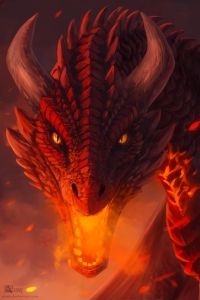CENTRE FOR MYTH STUDIES
University of Essex
OPEN SEMINAR
A qualitative study of the Cymric/Welsh mythic Land of the Dead
Dr Elizabeth Brodersen
Thursday 27 June 2024
7.30 – 9.00 pm (BST)
Online
All welcome
To register for this free Zoom event, please email: pps@essex.ac.uk before 11.30 am on the day of the seminar (mention CMS open seminar)

This presentation explores the symbolic journey to the Land of the Dead as envisaged through Old Welsh/Cymric cosmogony. Myth making is an archaic form of artistic activity that brings relatively timeless images of the instinctual world into the realm of human history. Relating a myth is a form of contacting the cosmos by identifying and enclosing an area in which human actions and experiences can be established. Mourning the dead and wondering where their souls disappear after death is one such experience and is analogous to imagining the experience of the sun when it sinks, separates and disappears at night time in the west to arise next day as a collective regeneration of the psyche in the east. I speculate that the qualitative journey of the sun to the land of the dead and how the land, itself, is envisaged, is influenced by climate and topography. Whether the sun sinks into an open sea or into a landlocked desert terrain plays an important role in imagining an afterlife and whether a widening of consciousness has occurred.
I describe the unique characteristics of Annwn, the Cymric land of the dead which is found under the sea of the Welsh coastline. Annwn is imagined as containing crystal fortresses, rotating portals and glass ships, giving images of a restless watery expanse of sunken treasure, difficult to access in the moving churning twilight of tidal currents and deep swirling caverns. The glass castles or chairs (Caer) found in Annwn give emotional expression to the complexity of the mourning process, in particular, the shapeshifting, nature goddess Ceridwen’s uterine cauldron of inspiration that brews new ideas mixed with the ancestral memories of the dead. I examine Ceridwen’s co-operative relationship to the Cymric/Welsh sun god, Hu Gadern, depicted as the fiery red dragon’s head (Pendragon) as it sinks in the west. The Cymric/Welsh Otherworld of the dead is a tangible, benign place of mediation between the living and the dead, whereby the dead engender courage, psychic roots and tribal experienced wisdom to the living.
Elizabeth Brodersen, PhD is an accredited Training Analyst, Supervisor and seminar leader at the CGJI Zürich. After earning a BA (comb. Hons) in history and American studies from Birmingham University, UK, she received an MSc in Social Policy and Social Work Studies from the London School of Economics (LSE). In 2008, she received her diploma in analytical psychology from CGJIZ and in 2014, a doctorate in Psychosocial Psychoanalytic Studies from Essex University, UK. Elizabeth presently works as a Jungian Analyst and Supervisor in private practice in Germany and Switzerland and is currently a member of the English Research Commission at the CGJI Zürich. Her publications include a monograph Taboo Personal and Collective Representations, Origin and Positioning within Cultural Complexes, published by Routledge in paperback 2020 and a co-edited book Jungian Perspectives on Indeterminate States, Betwixt and Between Borders published with Pilar Amezaga by Routledge, 2021. Her latest edited book entitled Jungian Dimensions of the Mourning Process, Burial Rituals and Access to the Land of the Dead, Intimations of Immortality is published by Routledge, 2024.
